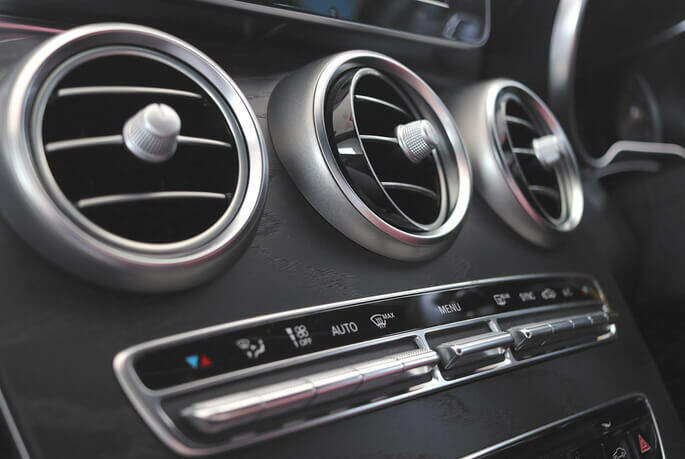Understanding Tyre Specifications
Tyres come in a variety of sizes and designs, and most cars are compatible with more than one size option. This can make choosing the right tyre for your car quite confusing at times.
If you’re looking to replace or upgrade your current tyres, learning how to read tyre specifications can help to make the process a little simpler. That’s why we’ve put together this simple guide.
Keep reading to learn how to find out more about tyre specifications, including your car’s ideal tyre size, and how to read what that tyre size should be.

Where to Find Your Tyre Size
Your vehicle manufacturer will have written the recommended tyre size in your vehicle’s owner manual. This manual should have all the specifications you require to make an informed tyre decision. Tyre size information can also be found on the tyre placard, often inside the drivers door jamb. The tyre placard will often state tyre size, as well as recommended tyre pressures.
Alternatively, tyres have a code system moulded into their sidewall. This allows you to understand their technical capabilities, so you drive appropriately depending on the type of tyre you currently have. It will also help you better determine what tyre you need to replace it with should it be time to switch.
TYRE SIZES EXPLAINED
The sidewall code provides information on tyre size and construction (e.g. whether they’re radial), as well as their load-carrying capacity and speed rating.
For example, the code on a common fitment for Australian cars is: 205/65R15 95H
205 indicates the normal section width of the tyre in millimetres (205mm).
65 indicates its aspect ratio, a comparison of the tyre’s section height with its section width (65 indicates the height is 65% of its width).
R indicates radial ply construction.
15 indicates the nominal diameter of the wheel rim (15 inches).
95H is a symbol indicating the maximum load capacity and speed at which the tyre can be safely operated, subject to the tyre being in sound condition, correctly fitted, and with recommended inflation pressures (95 represents a maximum load of 690kg per tyre; H represents a maximum speed of 210km/h).
TYRE SIZE CALCULATOR
If you’re looking for a tyre size calculator, just take a look at our tyre page and find your vehicle with your registration number. We have done all the hard work and listed tyres to suit just about every vehicle and driving style.
Get Help with Your Tyres at Your Nearest Tyrepower
Our expert team is happy to provide you with information on tyre care and maintenance. We can also perform tyre rotations and other services as required.
If you still need help selecting tyres, visit your local Tyrepower or contact 13 21 91 to speak to your local store. Find your nearest Tyrepower here.


























